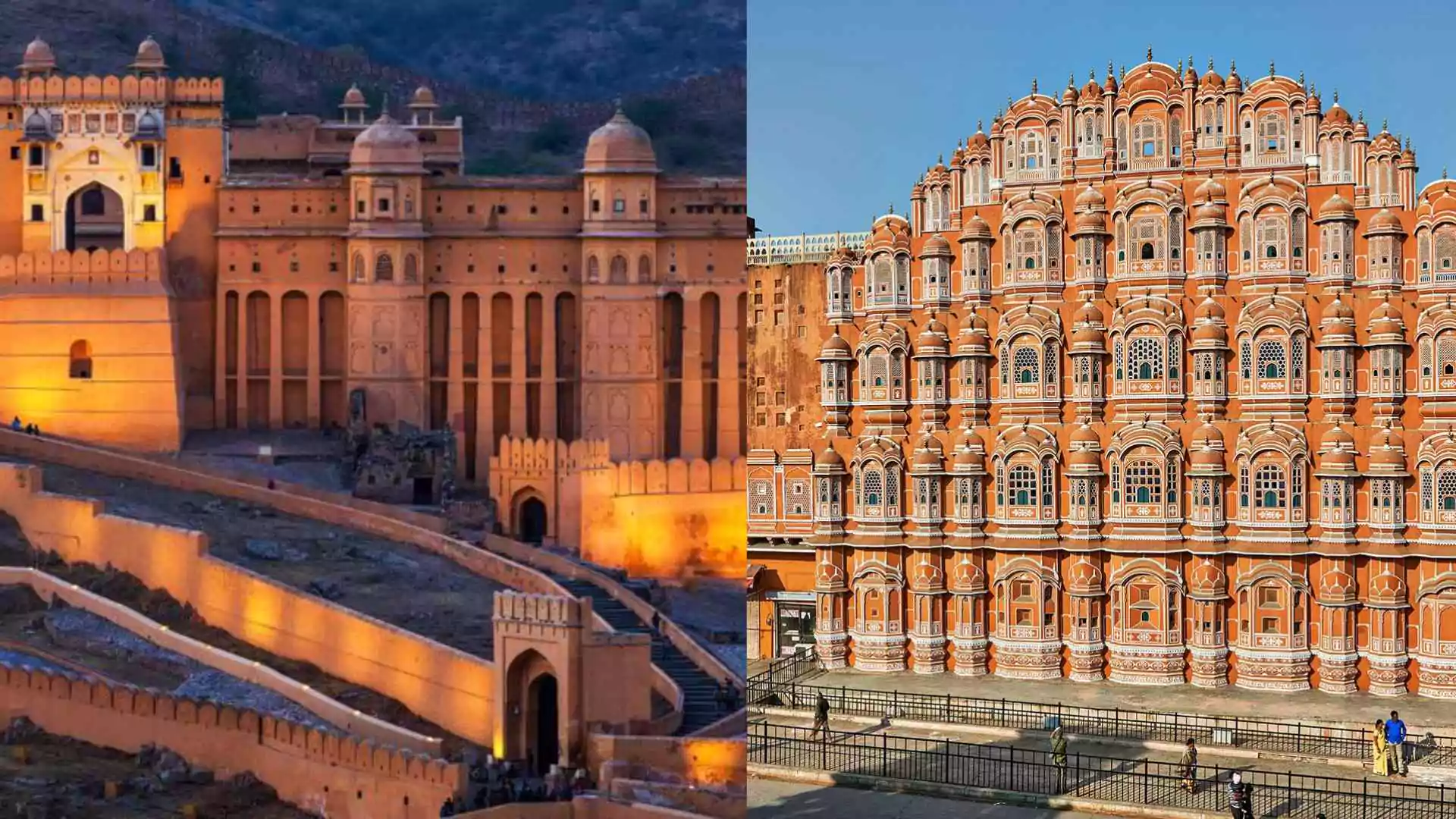Rescue teams are racing against time to save eight workers trapped inside the collapsed section of the Srisailam Left Bank Canal (SLBC) tunnel. Despite 48 hours of relentless efforts, challenges such as debris accumulation, waterlogging, and a displaced tunnel boring machine have slowed down progress.
The disaster struck on Saturday morning, when a three-meter section of the tunnel’s roof caved in near Domalapenta, burying workers under tons of muck and debris. The collapse also shifted a massive tunnel boring machine (TBM) by nearly 200 meters, worsening the situation. The trapped workers include two engineers, two operators, and four laborers from Uttar Pradesh, Jammu & Kashmir, Punjab, and Jharkhand.
Survival Chances ‘Very Remote,’ Says Minister
Telangana Minister Jupally Krishna Rao delivered grim news, stating that the possibility of survival is “very, very, very, very remote.” He personally inspected the tunnel, stopping 50 meters short of the collapse site, and observed that mud had piled up nearly 25 feet high inside the 30-foot-wide tunnel.
“Even when we called out their names, there was no response,” he said, adding that the rescue could take at least three to four more days due to the challenging conditions.
Special Forces, Navy, and Experts Deploy High-Tech Equipment
The Indian Army, National Disaster Response Force (NDRF), State Disaster Response Force (SDRF), and local teams are involved in the massive rescue operation. However, waterlogging and silt accumulation inside the tunnel have made it impossible to navigate freely.
To accelerate the rescue, authorities have deployed:
Rat-hole miners from Uttarakhand – Skilled in confined-space rescues, they played a crucial role in the Uttarkashi tunnel rescue last year.
IIT Chennai experts & L&T specialists – Equipped with push cameras and a mine detection robot to locate survivors.
Indian Navy teams – Present at the site but yet to enter the tunnel.
AquaEye sonar technology – To detect any signs of life.
Rescuers are currently using rubber tubes and wooden planks to move through the debris while assessing the safest approach to reach the trapped workers.
Safety Concerns and Calls for Investigation
As rescue efforts continue, the tragedy has sparked serious concerns about tunnel safety protocols in large-scale infrastructure projects. Officials, including Disaster Management Special Chief Secretary Arvind Kumar, are monitoring the situation, with many calling for a thorough investigation into the cause of the collapse and the implementation of stricter safety regulations for future tunnel constructions.
With no breakthrough yet, the coming days will be critical in determining whether any survivors can be found in the collapsed SLBC tunnel.























